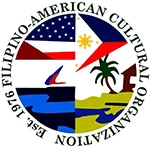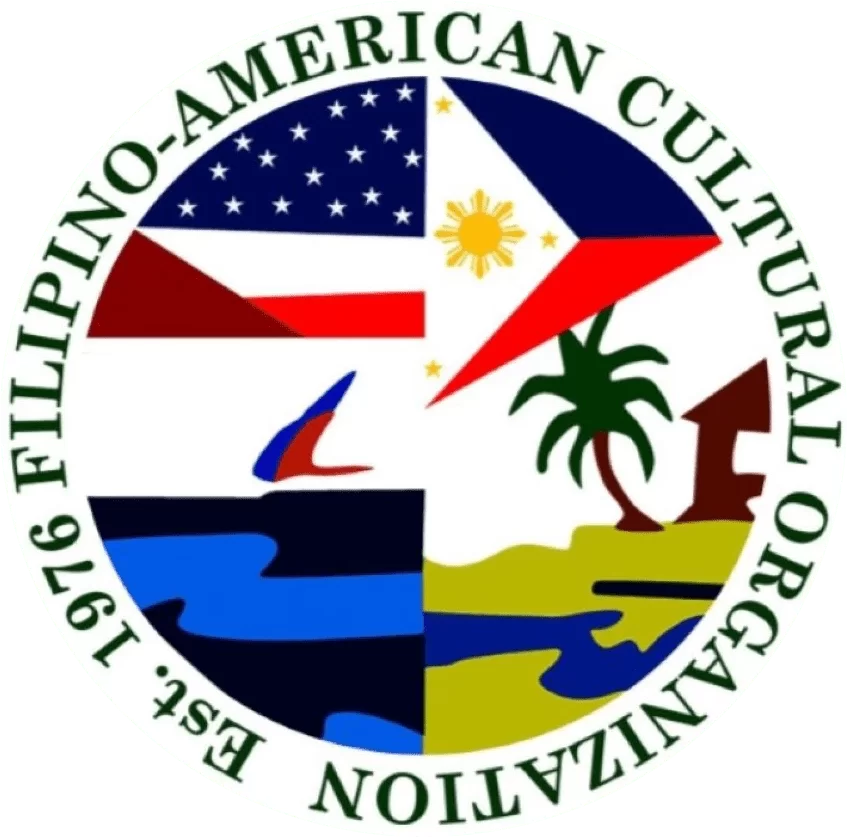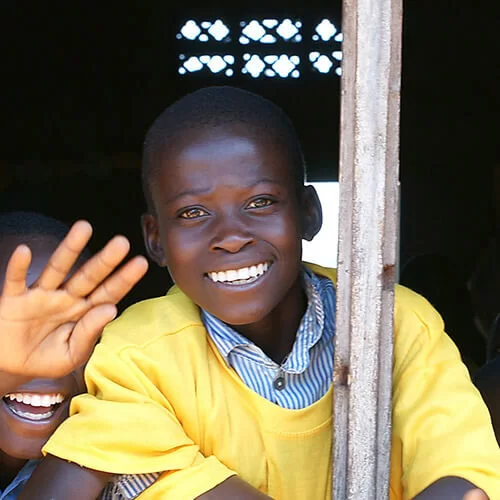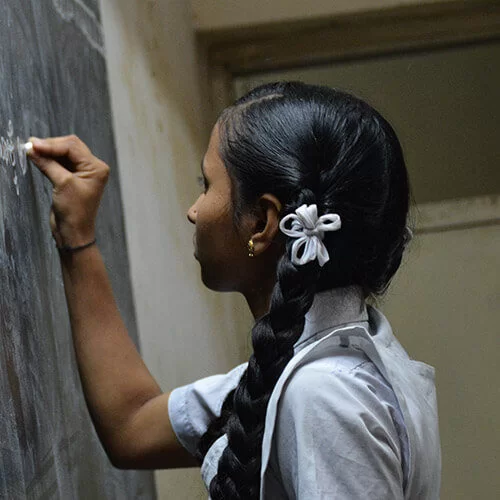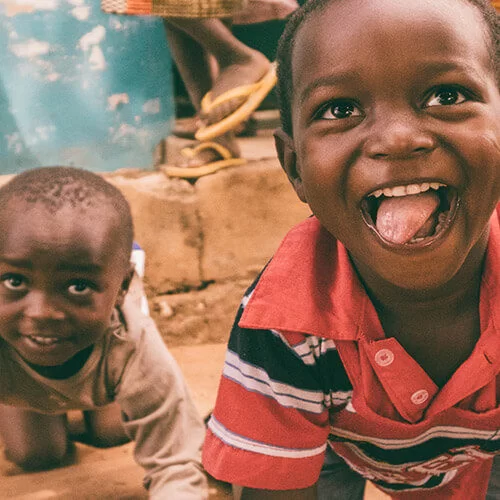To fulfill one of the association’s missions to promote the Philippine culture, the association has formed cultural dance groups where adults and young can join and spread goodwill to the community. The adult cultural dance group goes to different places and functions to perform for donations. These adult performers volunteered their time and talent to act as ambassadors of the association and help the organization raise funds for its projects like college scholarships, supporting public libraries, senior centers and fellow Filipinos who need help in the Philippines. They believe that through their dance, they can spread goodwill to the community and be instrumental to the good causes of the organization.
SALAKOT
Choreography: Enri Fulmore & Belle Limoge
DANCERS:
ENRI FULMORE, CITA LIME & BELLE LIMOGE
HISTORY:
The salakot, usually made with rattan or reeds, is a wide brimmed hat which protects the Filipinos from the heat of the sun and rain. In this dance, the salakot is used to enhance the dance figure and hand movement. This (salakot dance) can be danced by boys and girls, or just girls. The girls wear a Balintawak costume and a pair of wooden slipper (bakya)
Uyaoy/Uyauy
Tribe: Ifugao
Choreography: Jonathan Enerva
DANCERS:
JONATHAN ENERVA MARK JONES
HISTORY:
The Ifugao people are said to be the “children of the earth.” The term Ifugao is derived from the word ipugao which literally means “coming from the earth.” The Spaniards, however, changed it to Ifugaw, a term presently used in referring not only to these people but also to their province.
The Ifugaos of Mayaoyao in Cordillera have hundreds of small and large feasts called canao. Each canao has a different purpose: weddings, hope for a good harvest, success in war, or the death of prominent villagers. The grandest of all canao is the uayoy. The uyaoy is mainly celebrated by a Kadangyan or chieftain of the village in order to reaffirm his social status in the community and his possible entry to the village’s council of elders. Men spread their arms to imitate the sakpaya hawk’s majestic glide and stamp their feet to affirm their affinity with the cosmic earth. Uyaoy is a display of various levels of composition, form, depth, and perspective brought by inspiration and gansa-based music.
BANGA
Tribe: Kalinga
Choreography: Enri Fulmore & Belle Limoge
| DANCERS: | |
| ENRI FULMORE | FELICITAS LIME |
| JUDITH INGLESBY | VANGIE McNEAL |
| ROSE MARIE PERALTA | ESTHER ADVERSALO |
| Princess : BELLE LIMOGE |
HISTORY:
“Banga” literally mean pots. The Banga or pot dance is a contemporary performance of Kalinga of the Mountain Province in the Philippines. This dance illustrates the languid grace of a tribe otherwise known as fierce warriors. Heavy earthen pots, as many as seven or eight at a time, are balanced on the heads of maidens as they trudge to the beat of the “gangsa” or wind chimes displaying their stamina and strength as they go about their daily task of fetching water and balancing the banga.
BANGA FUSION
Choreography: Jan Saddington & Belle Limoge
DANCERS:
ENRI FULMORE FELICITAS LIME
ESTHER ADVERSALO BELLE LIMOGE
To add flare and color to the traditional BANGA dance, the cultural dance group performs the dance called BANGA FUSION. This sexy dance is a flavorful mix of zumba, modern and Banga dance using the popular pop song of the Pussy Cat Dolls’ “Buttons”.
BUMAYAH
Choreography: Enri Fulmore & Belle Limoge
DANCERS:
Jonathan Enerva Mark Jones
Enri Fulmore Belle Limoge
Cita Lime Esther Adversalo
HISTORY:
The Bumayah is an Ifugao dance of thanksgiving to the god Kabunian. In this dance, performed by both men and women, the movements mimic those of a rooster scratching the ground. This joyful dance serves as a prayer of thanksgiving for a bountiful rice harvest.
CARINOSA
Choreography: Enri Fulmore & Belle Limoge
| DANCERS: | |
| JONATHAN ENERVA | MALOU HAMTO |
| MARK JONES | BELLE LIMOGE |
| JM URETA | CITA LIME |
HISTORY:
Cariñosa is a word that describes an affectionate, friendly and lovable woman. This dance is performed in flirtatious manner with fans and handkerchiefs to assist the dancers’ hide-and-seek movements. It depicts a man courting a woman with the restriction of touching her. During the Spanish times, it was a grave scandal for a man to touch even the fingertips of a woman thus, in this dance it shows a demure lady protecting herself from the man by using scented fan and a handkerchief as if playing hide-and-seek.
This dance was originated in the Panay Islands on the Visayan Islands and it was introduced by the Spaniards during their colonization of the Philippines. It is related to some of the Spanish dances like the bolero and the Mexican dance Jarabe Tapatio or the Mexican Hat Dance that resembles the courtship through the interpretation of the dancers in the process of dancing. The dance before was a Maria Clara dance but because of its popularity it has so many versions around the Philippines.
Tinikling
Choreography: Mark Jones, Enri Fulmore & Belle Limoge
DANCERS:
ENRI FULMORE MARK JONES BELLE LIMOGE
Bamboo clickers: CITA LIME and JR PADAYAO
HISTORY:
This ‘Visayan’ dance was found in Leyte where this dance originated. Dancers imitate the tikling bird’s legendary grace and speed as they skillfully play, chase each other, run over tree branches, or dodge bamboo traps set by rice farmers. Hence it is named after the bird, tikling. this version of the dance is done between a pair of bamboo poles.
The older people claim that the ‘Tinikling Ha Bayo’ from which the tinikling dance evolved is more difficult to perform. It was originally danced between ‘bayuhan’, two wooden pestles used to pound the husks off the rice grain.
